Farm Bureau works to protect farms’ viability
Membership provides real value, from advocacy at the local, state and national levels, to practical business solutions that put money back in your pocket.
Read MoreFocusing on your current needs, as well as realistic future needs, can help narrow the focus of your search.
Hello Everyone!!
I hope you all are staying warm in this latest round of cold weather. I have been thankful to have a tractor to plow the snow this winter, especially when we get surprised with heavier-than-expected snowfall. This weekend the forecast was calling for about half of the 8 inches that actually fell at our house.
Tractors are one of the most valuable tools you can have on a farm or homestead. Whether you’re tilling a garden, plowing snow or spreading manure, many household tasks are made easier with the use of a tractor. When it comes time to purchase a tractor for your farm or homestead, choosing one that meets your needs can be challenging. Considering size, horsepower, hydraulics, price, transmission and other options can be overwhelming. Focusing on your current needs, as well as realistic future needs, can help narrow the focus of your search.
Horsepower
Horsepower is a critical value to consider, as it will determine the size of the implements you can use, but sometimes there are two horsepower figures on one model.
Engine horsepower is exactly that — the amount of horsepower coming off the engine. The second horsepower figure listed is for the horsepower available at the PTO shaft. Generally, PTO horsepower will be lower than the engine horsepower since power is used from the engine for other components. If you plan to use the PTO to power implements, the PTO horsepower value will be more important to know than the engine horsepower.
Most PTO-powered implements will list the minimum PTO horsepower required for operation. For example, a square baler may require a minimum of 35 PTO horsepower.
Size and weight
For larger implements like this, the size and weight of the tractor itself is also important. A compact tractor may have the PTO horsepower to run a baler, but the baler may push that tractor around in the field, which creates unsafe conditions. Weight is also important when using a loader. Many equipment manufacturers produce loader models that work on a variety of tractors. The loader specifications may not be achievable with all models as it will depend on the horsepower to run the hydraulics and the counterweight required to lift the rated amount. You can add weight to the tractor with the use of wheel weights, tire ballast or a rear-mounted counterweight. All of these may be additional costs to get the most our of your loader.
Transmission
Don’t overlook transmission options, either. If you plan to use your tractor in a way that will require it to stop and go often, hydrostatic or shuttle-shift options may be a better option. Hydrostatic transmissions can also be easier to learn to operate for first time tractor operators. These transmissions work well to provide full PTO power at a variety of speeds, but they are usually only found in compact tractors. For larger tractors, powershift options can provide a wider range of speeds for varying field conditions.
Cost
Overall cost will also be a huge consideration when purchasing a tractor. Equipment prices, like everything else, have increased since the pandemic. New tractors may be out of reach for new farmers, but be sure to run the numbers for new versus used. This is especially true if you plan to finance, as manufacturers frequently have very attractive financing rates on new equipment. Finance rates for used equipment can top 12%, so financing new may not be as expensive as you think.
These are just a few of many options to consider. If you’re new to farming and need help choosing the correct equipment, talk with the dealer about your needs or give me a call. Tractors are a large investment and you want to make the best decision for your farm.
Stay safe!
Submitted by Lee Beers, an Agriculture & Natural Resources Educator for OSU Extension – Trumbull County. He can be reached by email or by calling 330-638-6738.
OFBF Mission: Working together for Ohio farmers to advance agriculture and strengthen our communities.
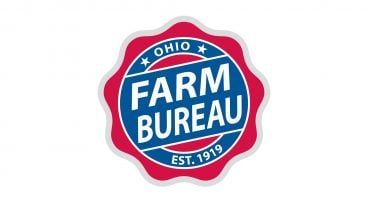
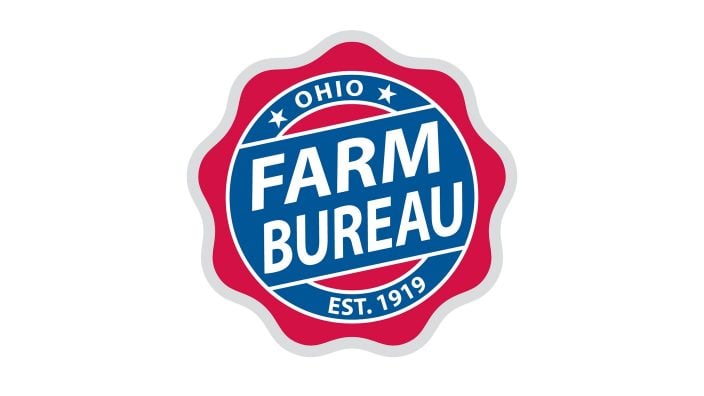
Membership provides real value, from advocacy at the local, state and national levels, to practical business solutions that put money back in your pocket.
Read More

‘We never stop pushing to ensure farmland taxation is fair and reflects the realities of agriculture.’ ~ Mandy Orahood
Read More

There’s exciting news in my house, and I can’t wait to share it with you. So I’ll let you take…
Read More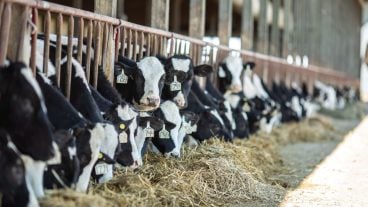
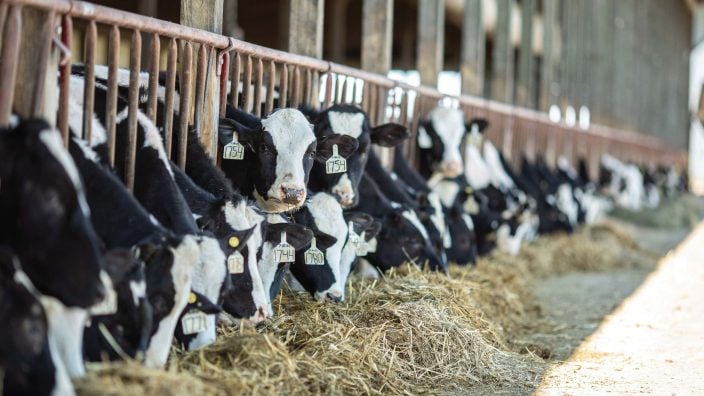
Movie gives consumers a genuine idea of what all farming entails and the hardships farmers face.
Read More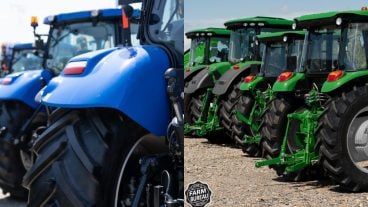

Focusing on your current needs, as well as realistic future needs, can help narrow the focus of your search.
Read More
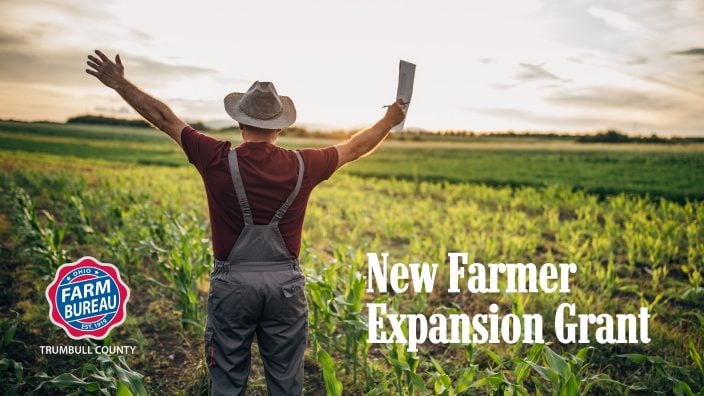
The purpose of this $1,500 grant is to help offset farm operation costs for a new or beginning farmer in Trumbull County.
Read More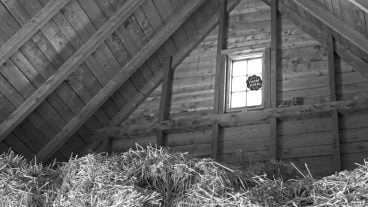
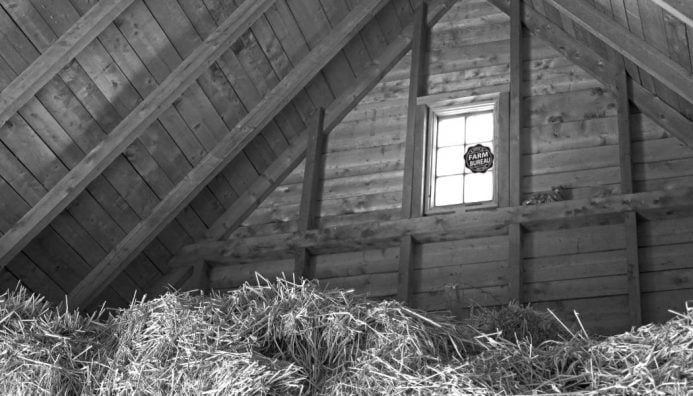
Yes, some of the things we did may not have been the smartest or safest, but they made us who we are and probably really built up our immune systems!
Read More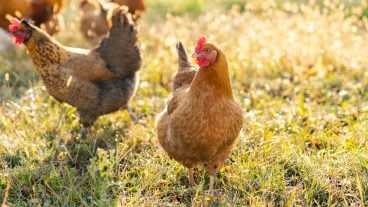
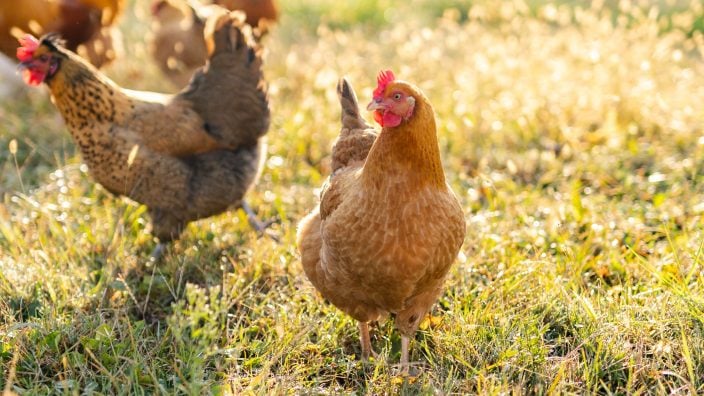
While eggs might be a simple protein that we take for granted at breakfast every morning, the reality is that getting a hen to stay healthy and lay eggs is rather complicated.
Read More

As we face the possibility of dangerously cold temperatures, taking care of pets and livestock simply comes down to good animal care.
Read More

Trumbull County Farm Bureau is again offering scholarship opportunities to students who have been admitted to a two or four-year institution of higher learning.
Read More